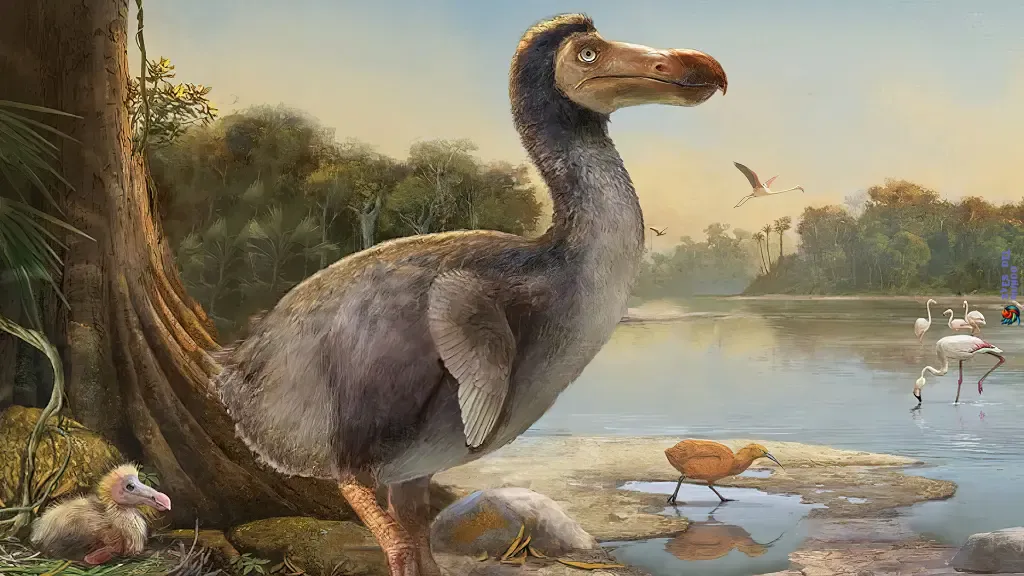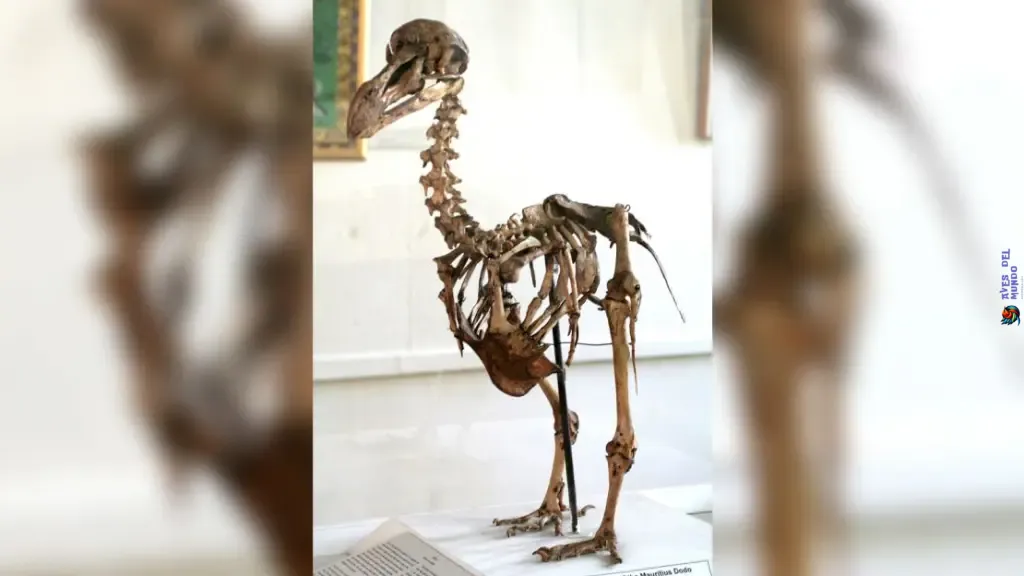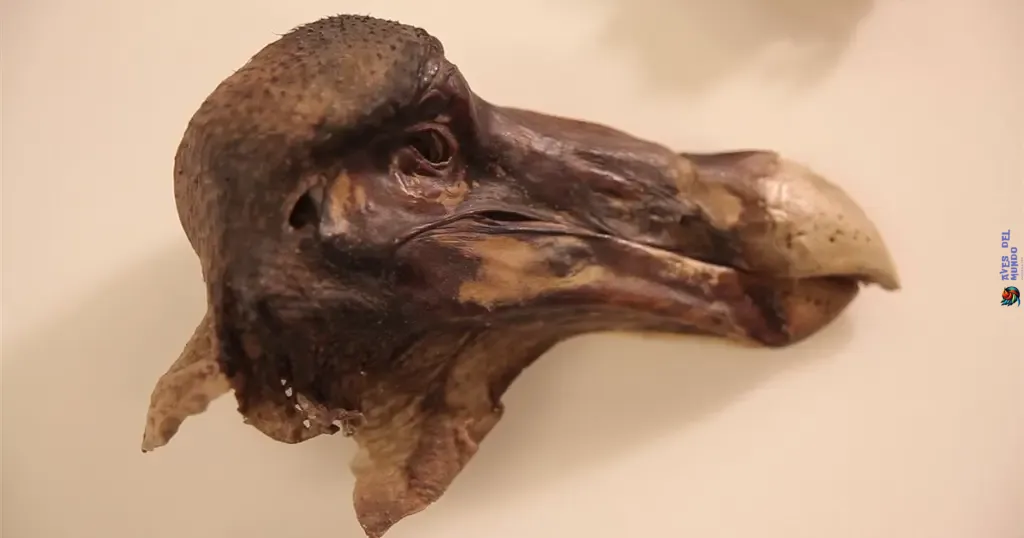The dodo bird (Raphus cucullatus) has become an iconic symbol of extinction and the impact of human activity on the environment.
Native to Mauritius, an island in the Indian Ocean, the dodo bird lived in relative isolation until the arrival of humans. This blog will explore the timeline and factors that led to the dodo bird’s extinction, providing a comprehensive understanding of the events that caused this unique species to disappear.
The Discovery of the Dodo Bird

Early Encounters
The first recorded encounter with the dodo bird was by Portuguese sailors around 1507. However, the most detailed early accounts come from Dutch sailors who arrived on Mauritius in 1598. They described the dodo as a large, flightless bird with a bulky body, short legs, and a distinctive hooked beak. The dodo’s lack of natural predators on Mauritius made it fearless of humans, a trait that would unfortunately contribute to its demise.
Physical Characteristics
The dodo bird was about 1 meter (3 feet) tall and weighed between 10-18 kg (22-40 lbs). It had a blue-grey plumage, a large head, and a stout, hooked beak. Its wings were small and underdeveloped, rendering it flightless. The dodo’s legs were strong, adapted for walking rather than flying.
The Arrival of Humans
Portuguese and Dutch Colonization
The arrival of Portuguese and later Dutch sailors in the 16th century marked the beginning of the dodo bird’s troubles. These sailors brought with them a host of challenges for the dodo, including hunting, habitat destruction, and the introduction of non-native species.
Hunting and Exploitation
The dodo bird’s fearlessness made it an easy target for sailors and settlers. It was hunted for food, although contemporary accounts suggest that its meat was tough and unpalatable. Nevertheless, the lack of other large animals on Mauritius made the dodo a convenient source of meat for hungry sailors.
Habitat Destruction
Human activities led to significant changes in the dodo’s habitat. The clearing of forests for settlement and agriculture destroyed much of the bird’s natural environment. The introduction of new plants and animals also disrupted the ecosystem that the dodo depended on.
Introduction of Invasive Species
Perhaps the most significant factor in the dodo’s extinction was the introduction of invasive species. Rats, pigs, and monkeys brought by sailors and settlers preyed on dodo eggs and competed for food resources. These invasive species, combined with human hunting and habitat destruction, created a perfect storm that the dodo could not survive.
The Timeline to Extinction
1598-1638: The Decline Begins
The first recorded sighting of the dodo was in 1598 by Dutch sailors. By the early 17th century, the dodo population had begun to decline rapidly due to hunting and the impact of invasive species.
1638-1662: The Last Sightings
The last widely accepted sighting of a dodo bird was in 1662. This account came from an escaped slave who claimed to have seen a dodo in the forests of Mauritius. Although there were other reported sightings after this date, they are generally considered unreliable.
Post-1662: Confirming Extinction
By the late 17th century, it was clear that the dodo bird was extinct. However, it took several decades for this to be widely accepted. The lack of scientific communication and documentation at the time meant that news of the dodo’s extinction spread slowly. The bird became more of a curiosity and a cautionary tale in the 18th and 19th centuries, symbolizing the consequences of human interference with nature.
Factors Leading to Extinction
Ecological Vulnerability
The dodo bird evolved in isolation on Mauritius, with no natural predators. This made it extremely vulnerable to the sudden changes brought about by human colonization. The bird’s flightlessness and ground-nesting habits made it easy prey for humans and introduced species.
Rapid Environmental Changes
The rapid pace of environmental change following human arrival on Mauritius was too much for the dodo to adapt to. The combination of habitat destruction, hunting, and competition from invasive species overwhelmed the bird’s ability to survive.
Reproductive Challenges
Dodos laid their eggs on the ground, making them particularly vulnerable to predators. The introduction of rats, pigs, and other animals that preyed on eggs and young birds drastically reduced the dodo’s reproductive success.
Legacy of the Dodo Bird

Scientific Interest and Research
The dodo bird has fascinated scientists and the public alike since its extinction. Fossils and contemporary accounts have provided valuable insights into its biology and the factors that led to its demise. The dodo’s story has also spurred interest in conservation biology and the study of extinction.
Symbol of Extinction
The dodo bird has become a powerful symbol of extinction and the fragility of island ecosystems. Its story serves as a reminder of the impact humans can have on the environment and the importance of protecting endangered species.
Cultural Impact
The dodo bird has left a lasting legacy in popular culture. It has appeared in literature, art, and media, often as a symbol of obsolescence or foolishness. Lewis Carroll’s «Alice’s Adventures in Wonderland» features a dodo character, which has helped cement the bird’s place in popular imagination.
Conservation Lessons

Importance of Biodiversity
The extinction of the dodo bird highlights the importance of preserving biodiversity. Island ecosystems, in particular, are vulnerable to the introduction of invasive species and environmental changes. Protecting these unique habitats is crucial for preventing future extinctions.
Human Impact on the Environment
The dodo’s extinction is a stark reminder of the impact humans can have on the environment. Hunting, habitat destruction, and the introduction of invasive species are all factors that continue to threaten biodiversity today. Learning from the past can help inform conservation efforts and prevent similar tragedies in the future.
The Role of Conservation Science
Modern conservation science has its roots in the lessons learned from past extinctions like that of the dodo bird. By studying the causes and consequences of extinction, scientists can develop strategies to protect endangered species and restore damaged ecosystems.
Timeline of the Dodo Bird’s Extinction
Here’s a detailed timeline summarizing key events related to the dodo bird’s extinction:
| Year | Event Description |
|---|---|
| 1507 | Portuguese sailors first encounter the dodo bird. |
| 1598 | Dutch sailors provide detailed accounts of the dodo. |
| 1638 | Significant decline in dodo population observed. |
| 1662 | Last widely accepted sighting of a dodo bird. |
| Late 17th Century | Extinction of the dodo bird confirmed. |

The story of the dodo bird is a poignant example of how human activities can drive a species to extinction. From its discovery by Portuguese sailors in the early 16th century to its final recorded sighting in the 17th century, the dodo’s decline was rapid and irreversible. The combination of hunting, habitat destruction, and the introduction of invasive species proved too much for this unique bird to overcome.
The legacy of the dodo bird lives on, both as a symbol of extinction and as a reminder of the importance of biodiversity and conservation. By learning from the past and taking steps to protect endangered species and their habitats, we can help prevent future extinctions and preserve the natural world for future generations.
By understanding the factors that led to the dodo bird’s extinction, we can gain valuable insights into the broader challenges of conservation and the impact of human activity on the environment. The dodo’s story is not just a tale of loss, but also a call to action for protecting the planet’s biodiversity.
Seasonal Care Guide
Here’s a handy seasonal guide to help you understand key events in the dodo bird’s history throughout the years:
| Year | Event Description |
|---|---|
| 1507 | Portuguese sailors first encounter the dodo bird. |
| 1598 | Dutch sailors provide detailed accounts of the dodo. |
| 1638 | Significant decline in dodo population observed. |
| 1662 | Last widely accepted sighting of a dodo bird. |
| Late 17th Century | Extinction of the dodo bird confirmed. |
This guide provides a succinct overview of the key moments that shaped the fate of the dodo bird, illustrating the rapid and profound impact of human colonization and activity on this unique species.